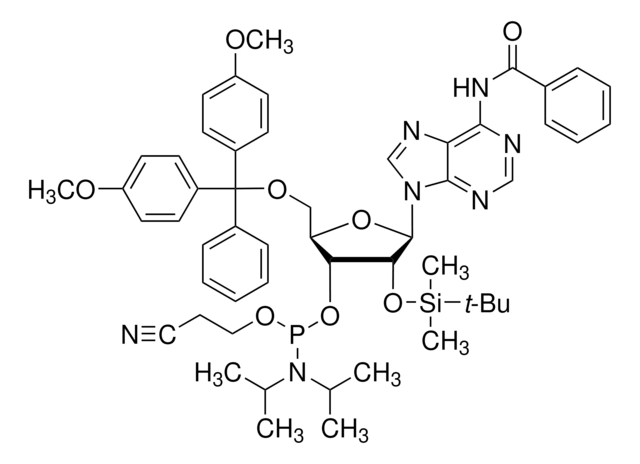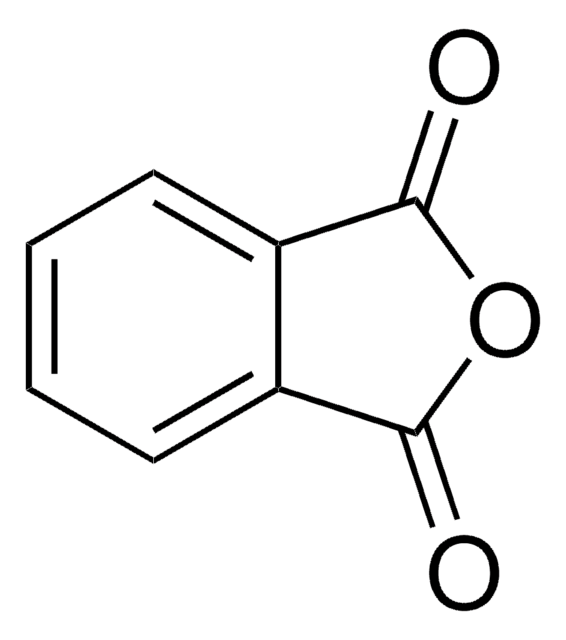V900019
Citric acid
Vetec™, reagent grade, 99%
Synonym(s):
2-Hydroxypropane-1,2,3-tricarboxylic acid, Hydroxytricarballylic acid
About This Item
Recommended Products
grade
reagent grade
product line
Vetec™
Assay
99%
form
crystals or granules
expl. lim.
8 %, 65 °F
pKa
(1) 3.13, (2) 4.76, (3) 6.4
mp
153-159 °C (lit.)
solubility
water: 50 mg/mL, clear to very slightly hazy, colorless
functional group
carboxylic acid
hydroxyl
SMILES string
OC(=O)CC(O)(CC(O)=O)C(O)=O
InChI
1S/C6H8O7/c7-3(8)1-6(13,5(11)12)2-4(9)10/h13H,1-2H2,(H,7,8)(H,9,10)(H,11,12)
InChI key
KRKNYBCHXYNGOX-UHFFFAOYSA-N
Looking for similar products? Visit Product Comparison Guide
General description
Legal Information
Signal Word
Warning
Hazard Statements
Precautionary Statements
Hazard Classifications
Eye Irrit. 2 - STOT SE 3
Target Organs
Respiratory system
Storage Class Code
11 - Combustible Solids
WGK
WGK 1
Flash Point(F)
Not applicable
Flash Point(C)
Not applicable
Regulatory Listings
Regulatory Listings are mainly provided for chemical products. Only limited information can be provided here for non-chemical products. No entry means none of the components are listed. It is the user’s obligation to ensure the safe and legal use of the product.
JAN Code
V900019-BULK:
V900019-6X500G:
V900019-500G:
V900019-VAR:
Choose from one of the most recent versions:
Already Own This Product?
Find documentation for the products that you have recently purchased in the Document Library.
Our team of scientists has experience in all areas of research including Life Science, Material Science, Chemical Synthesis, Chromatography, Analytical and many others.
Contact Technical Service






